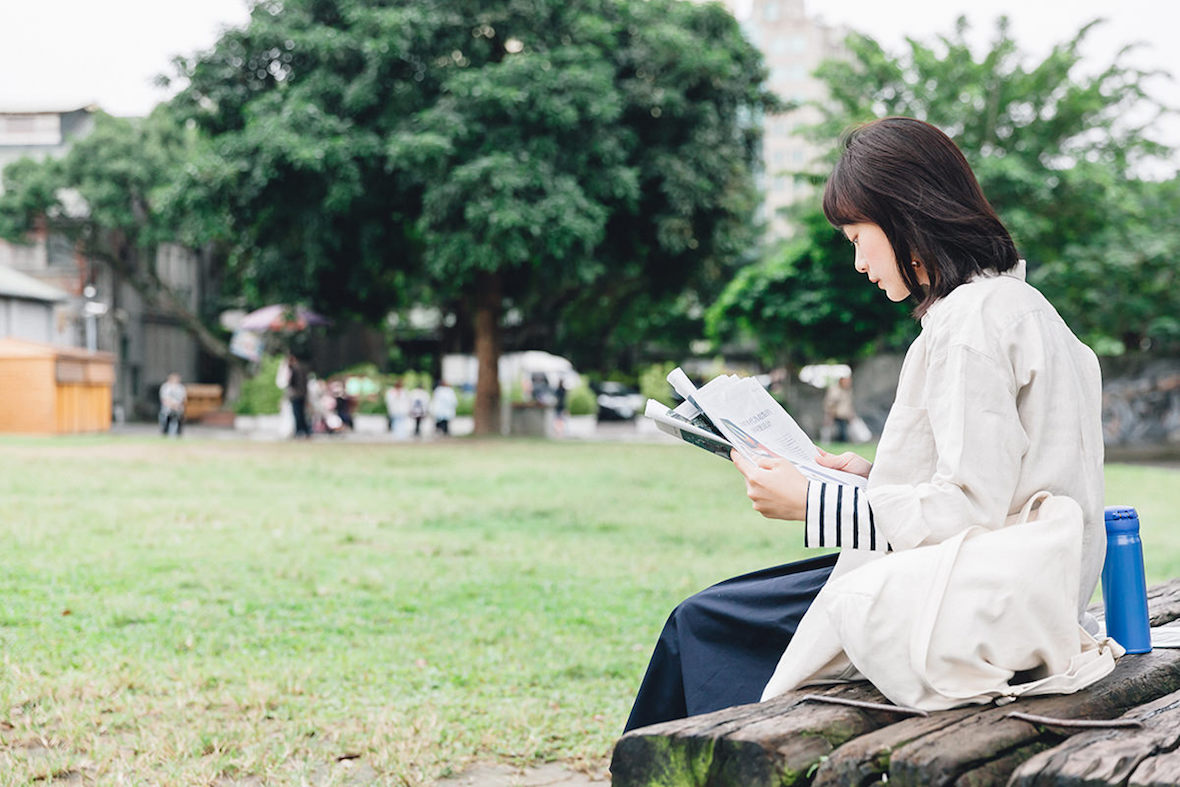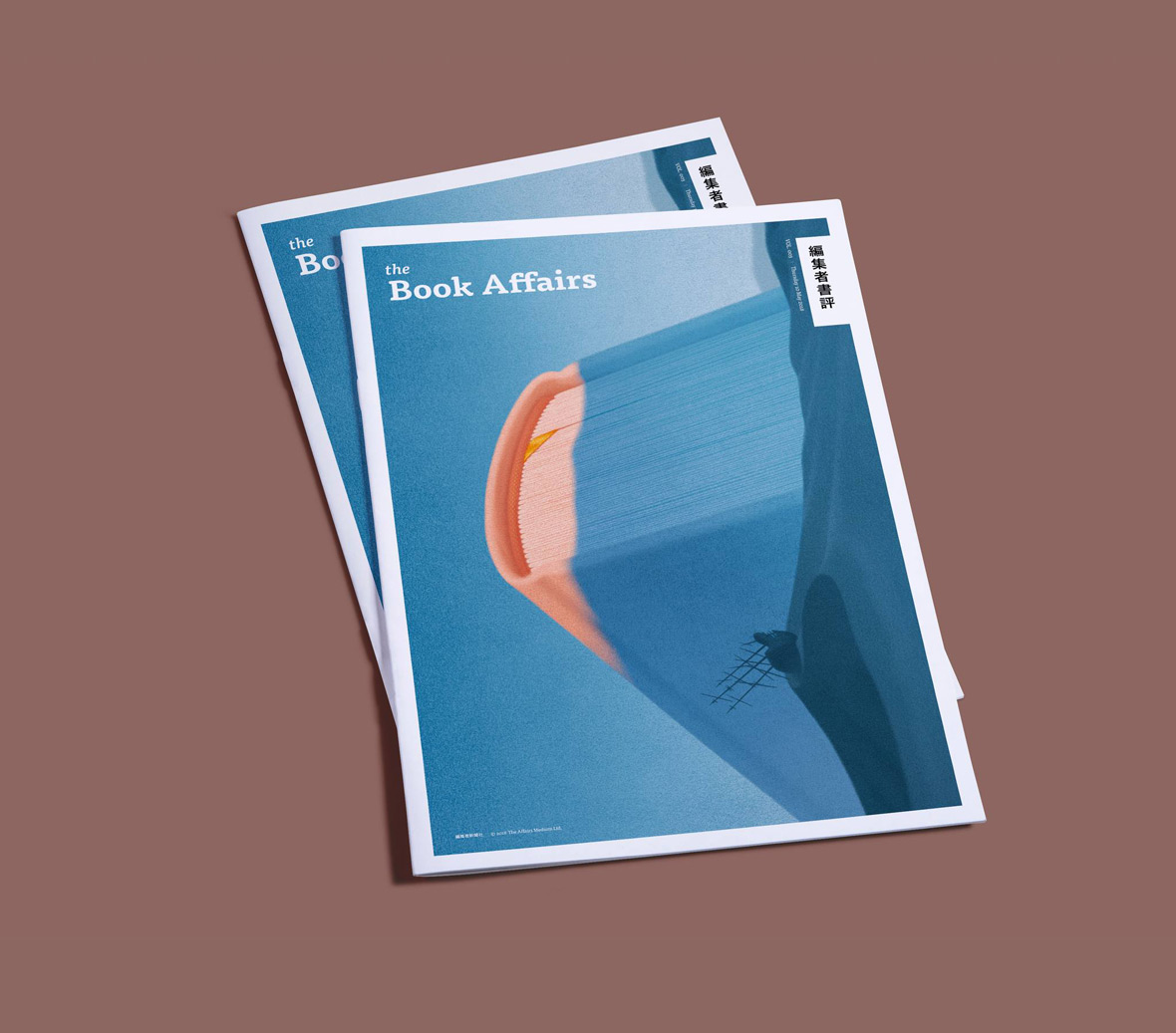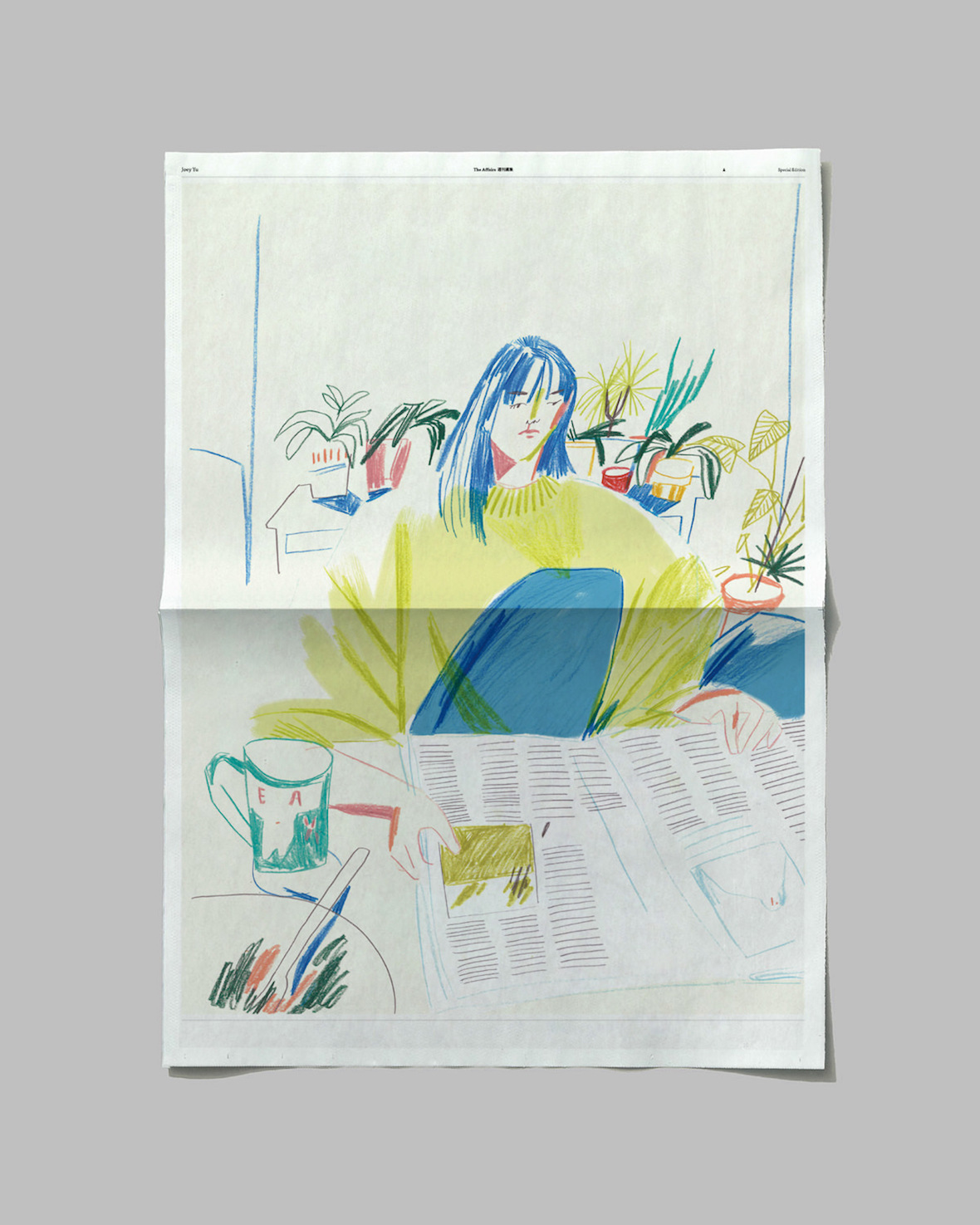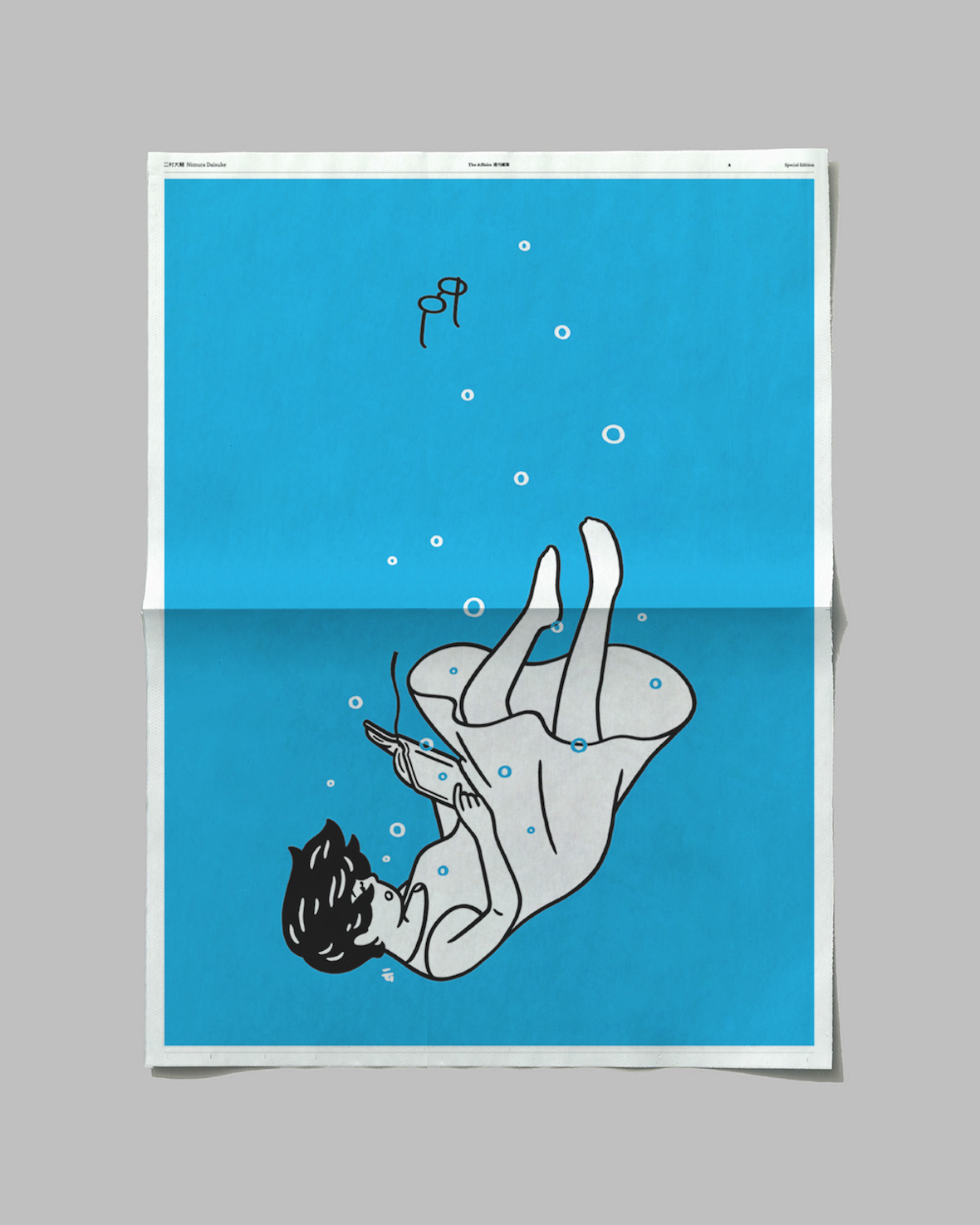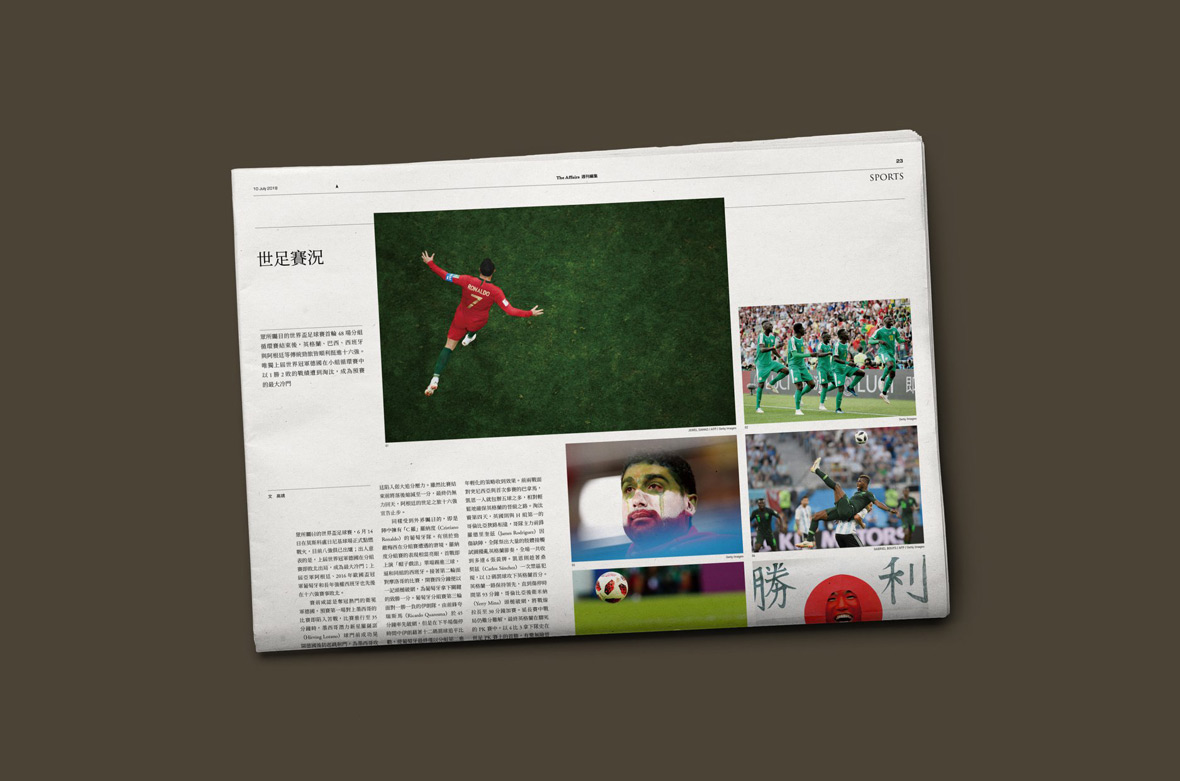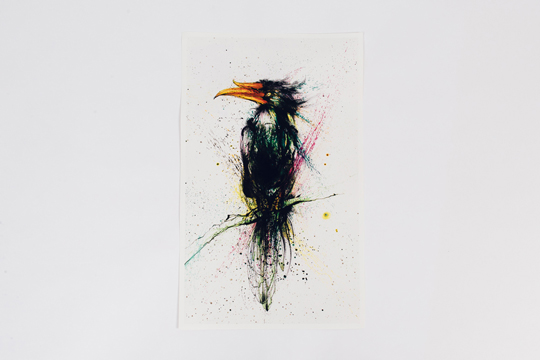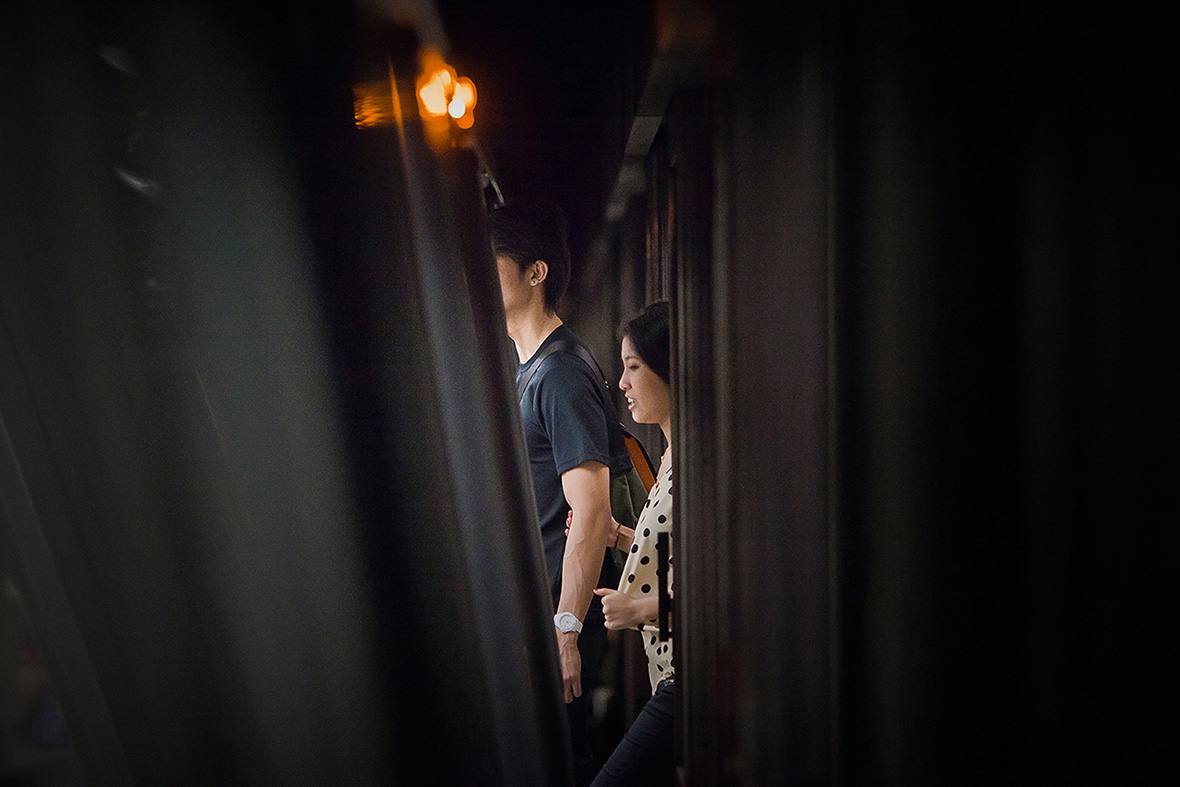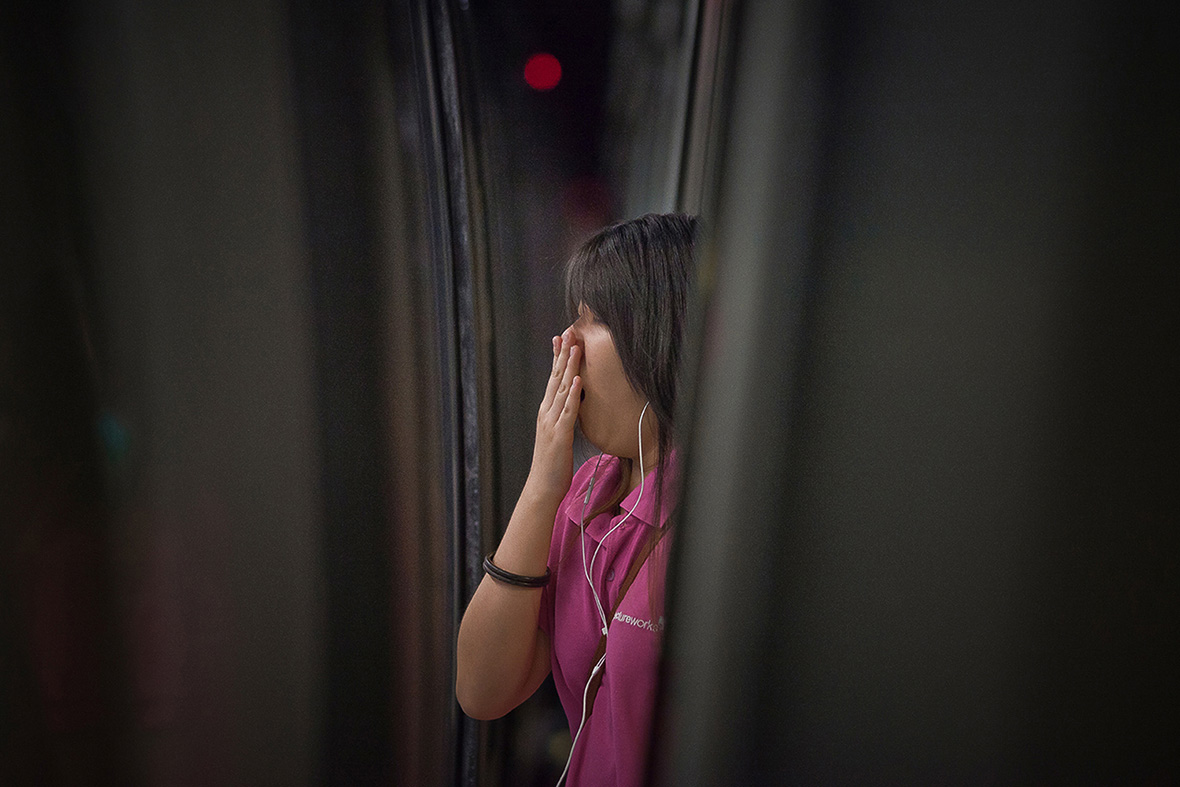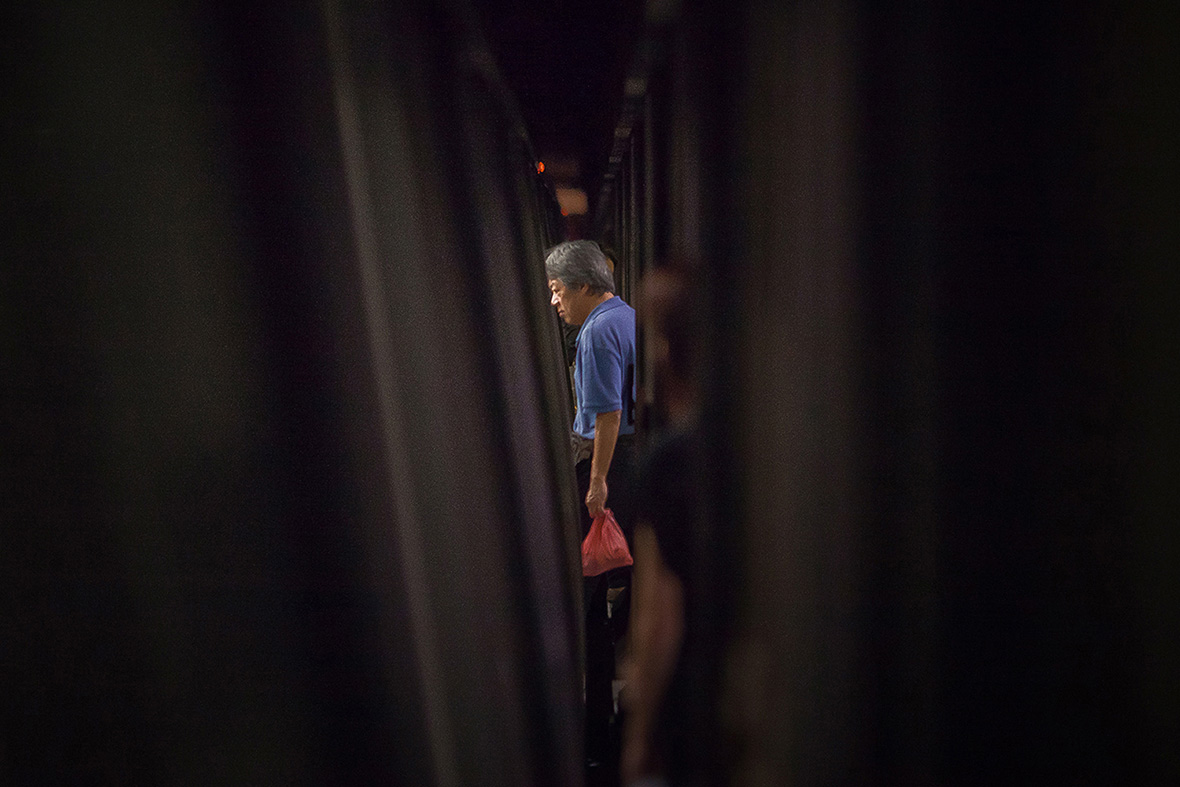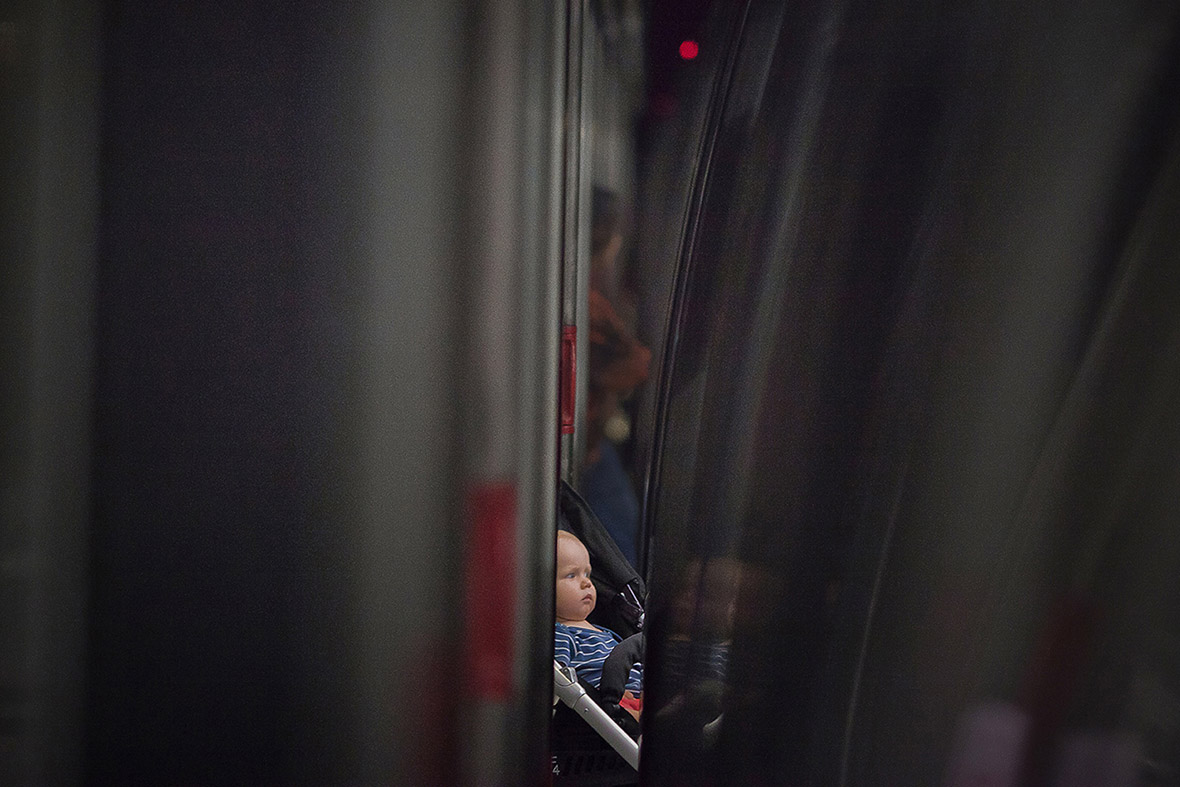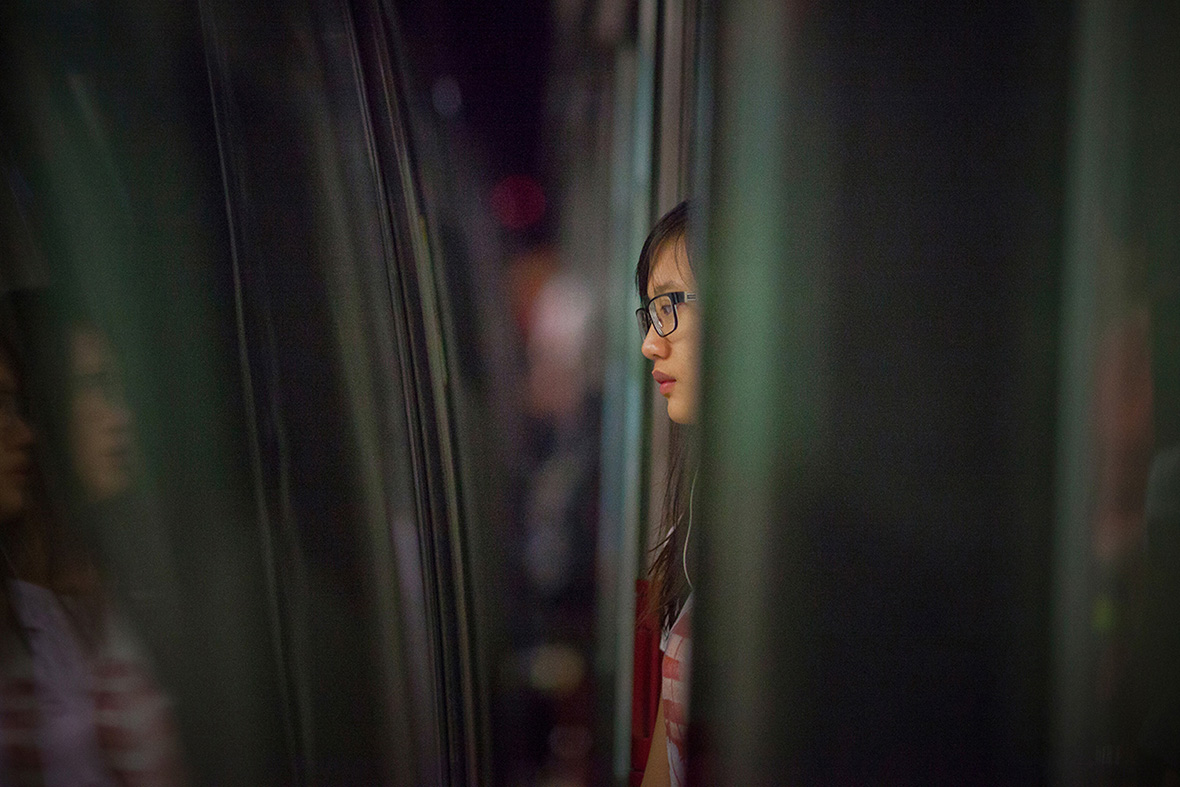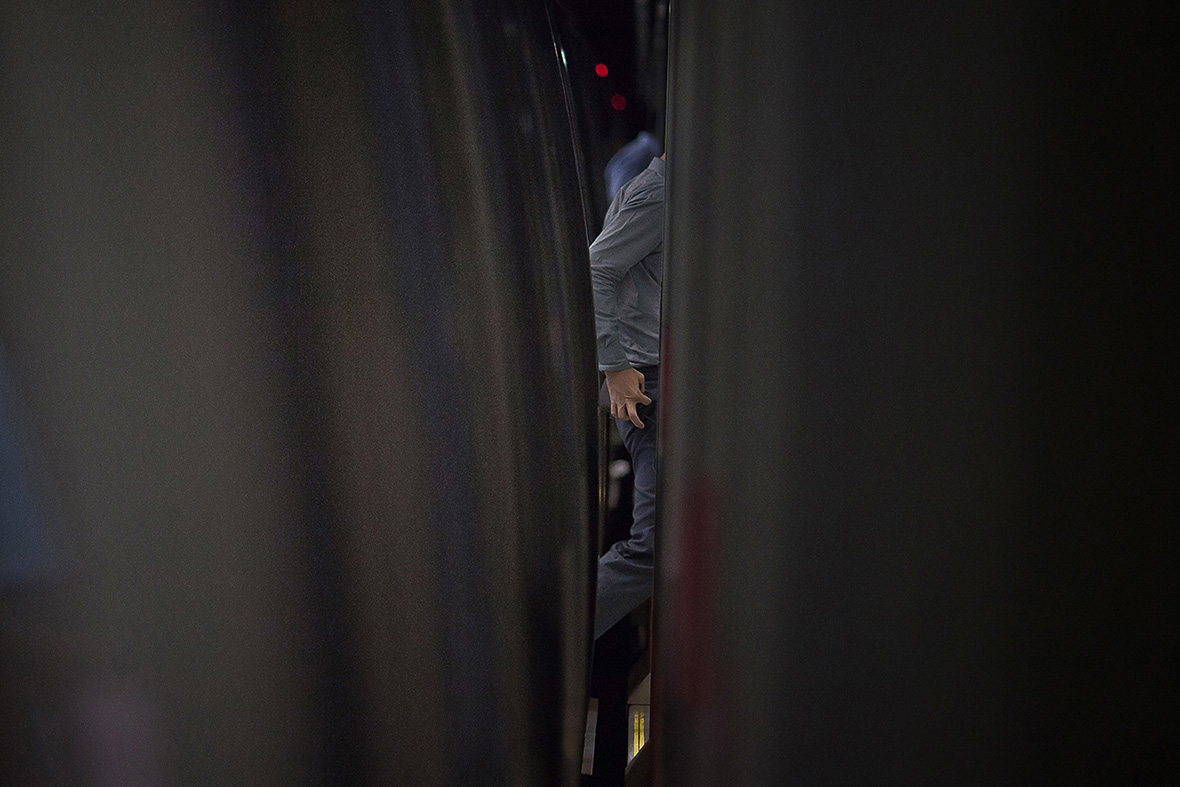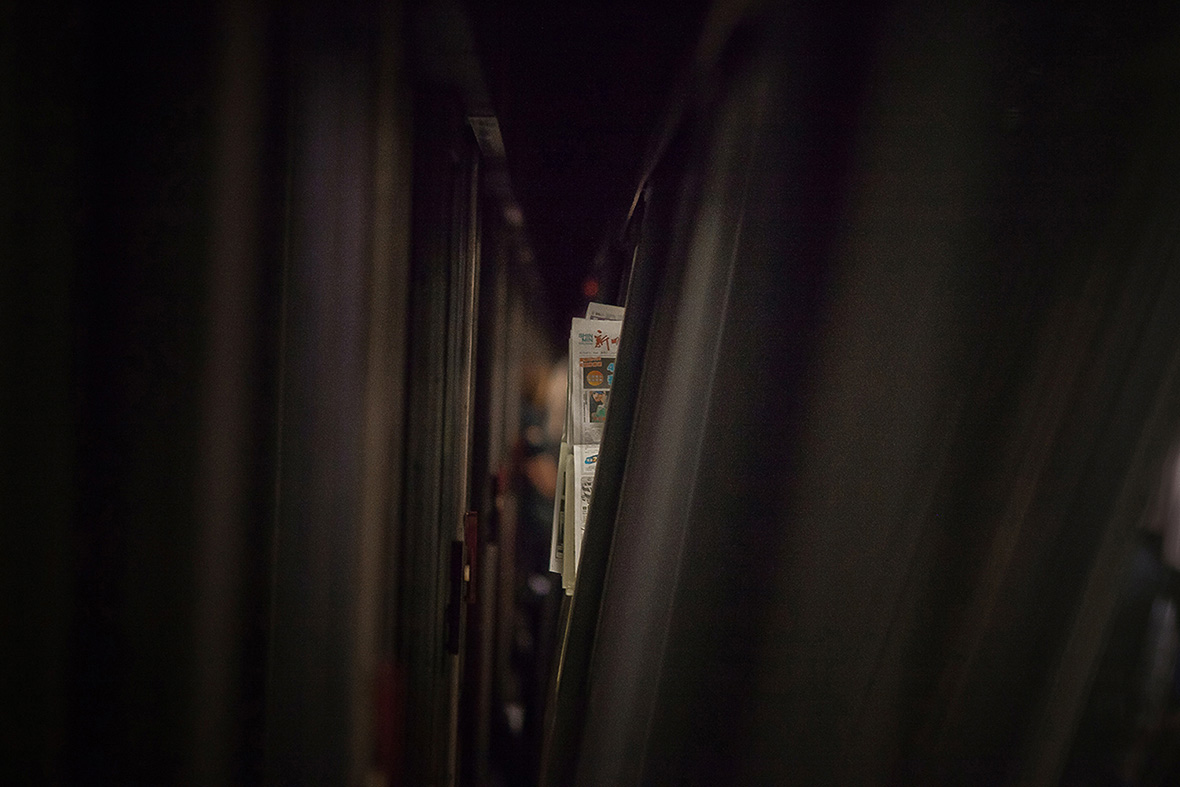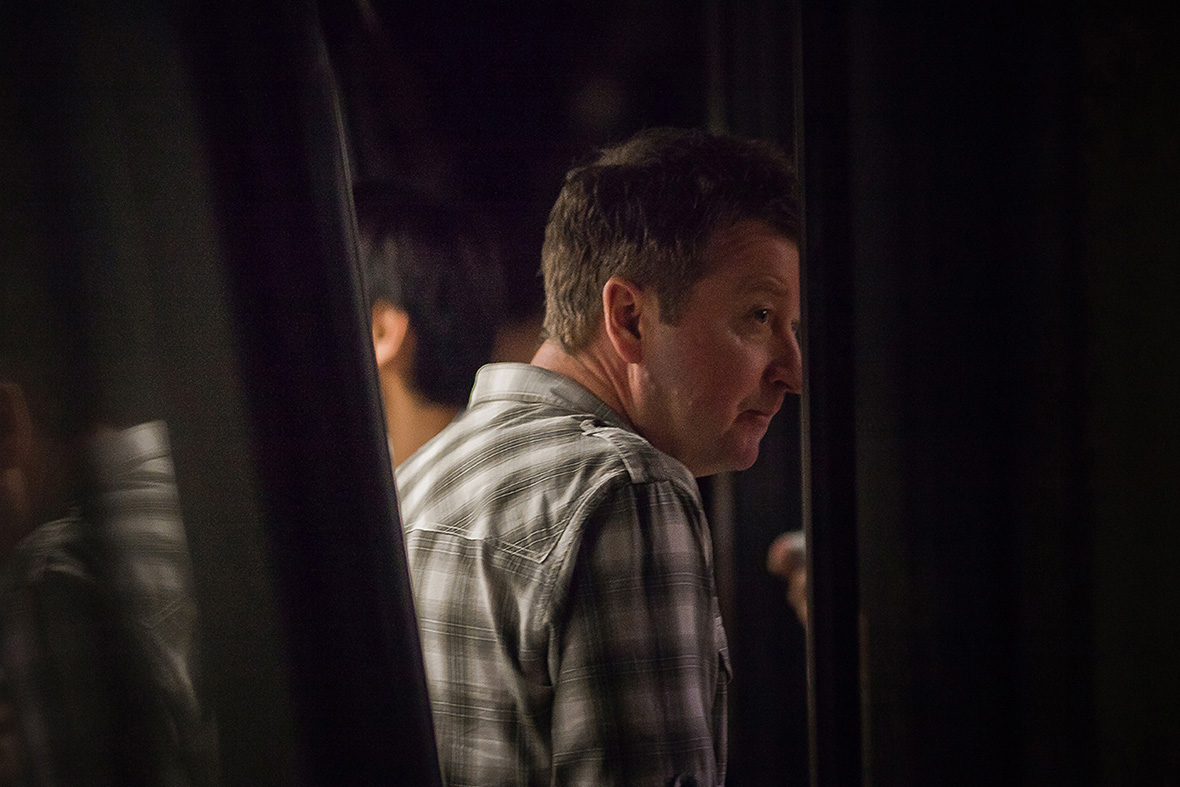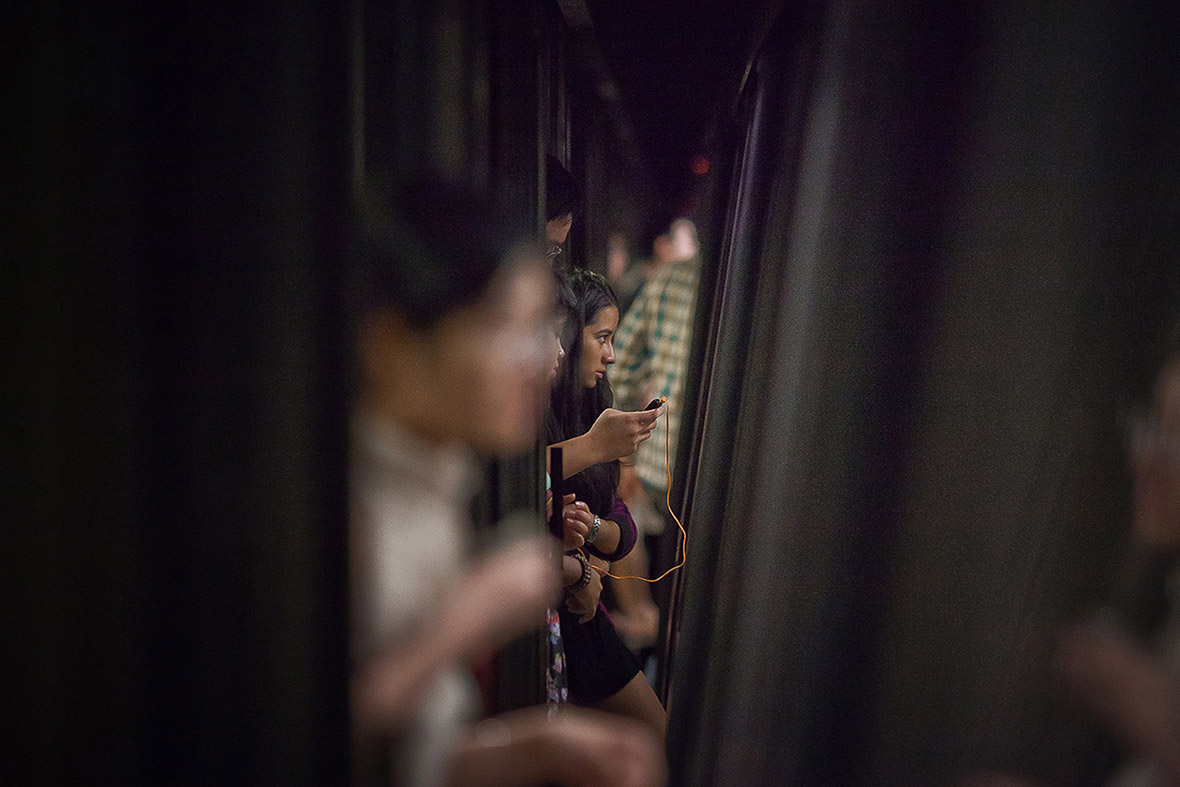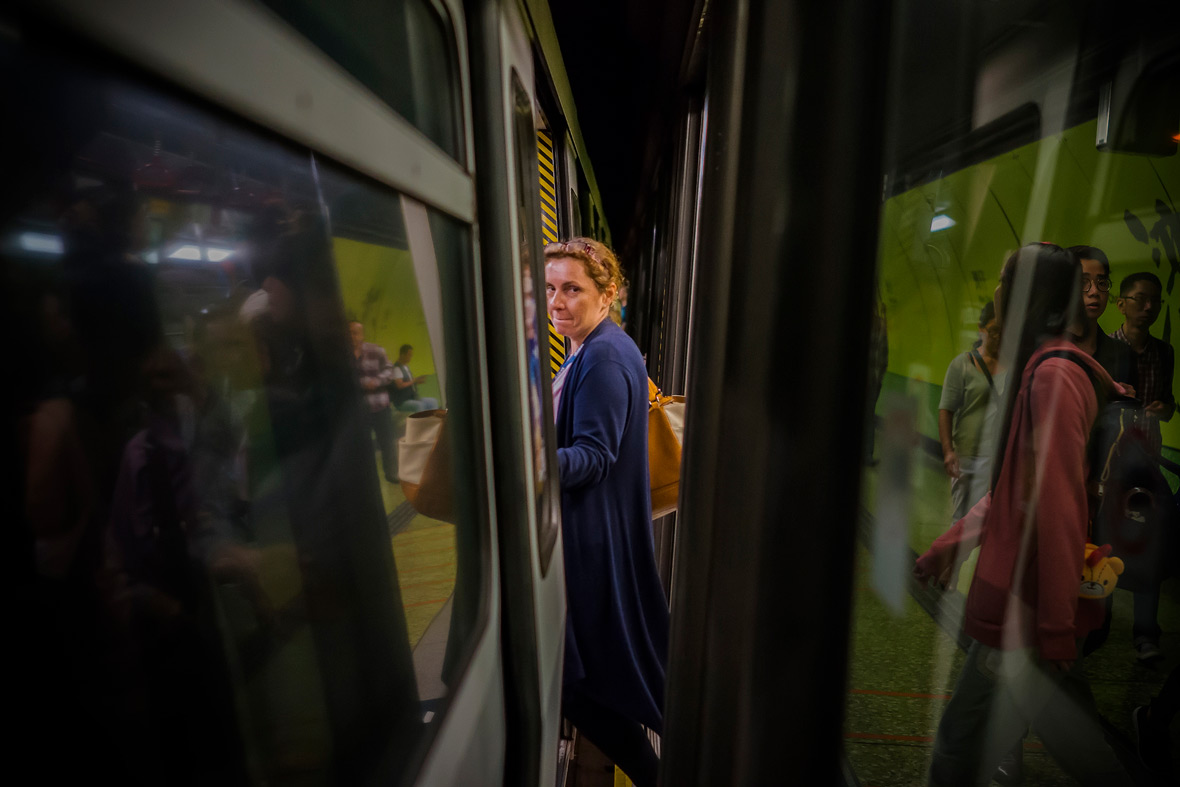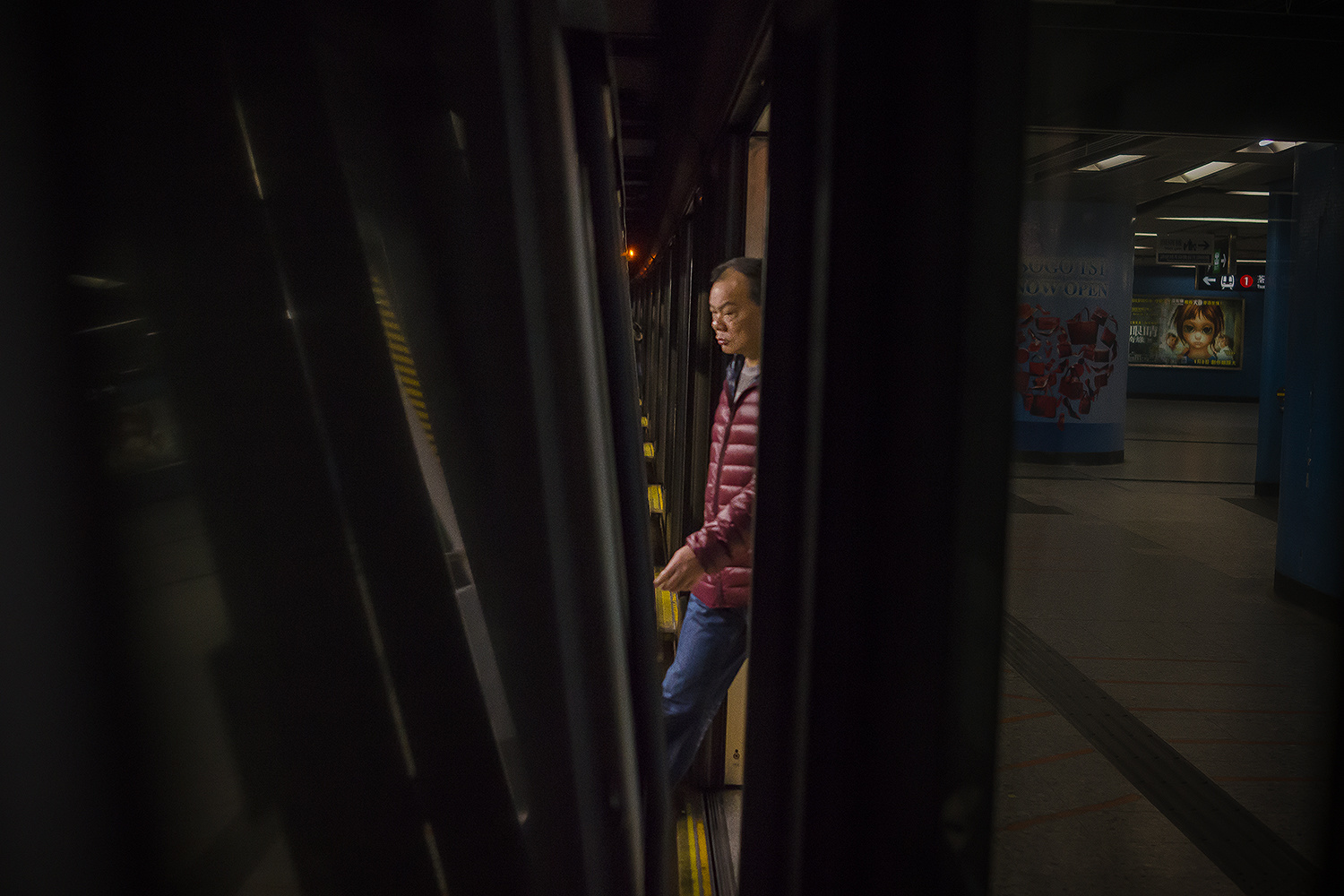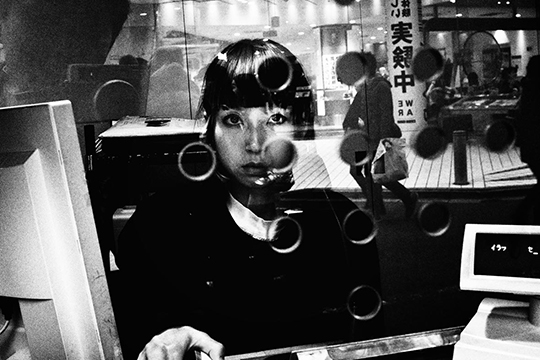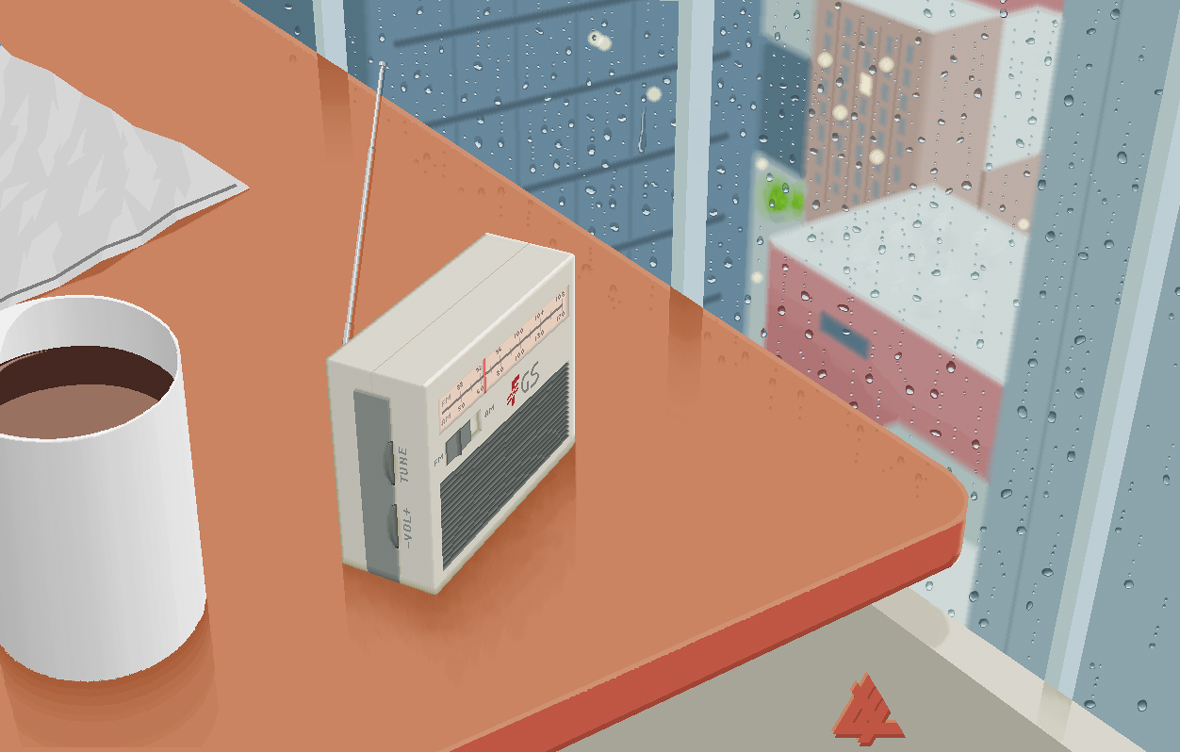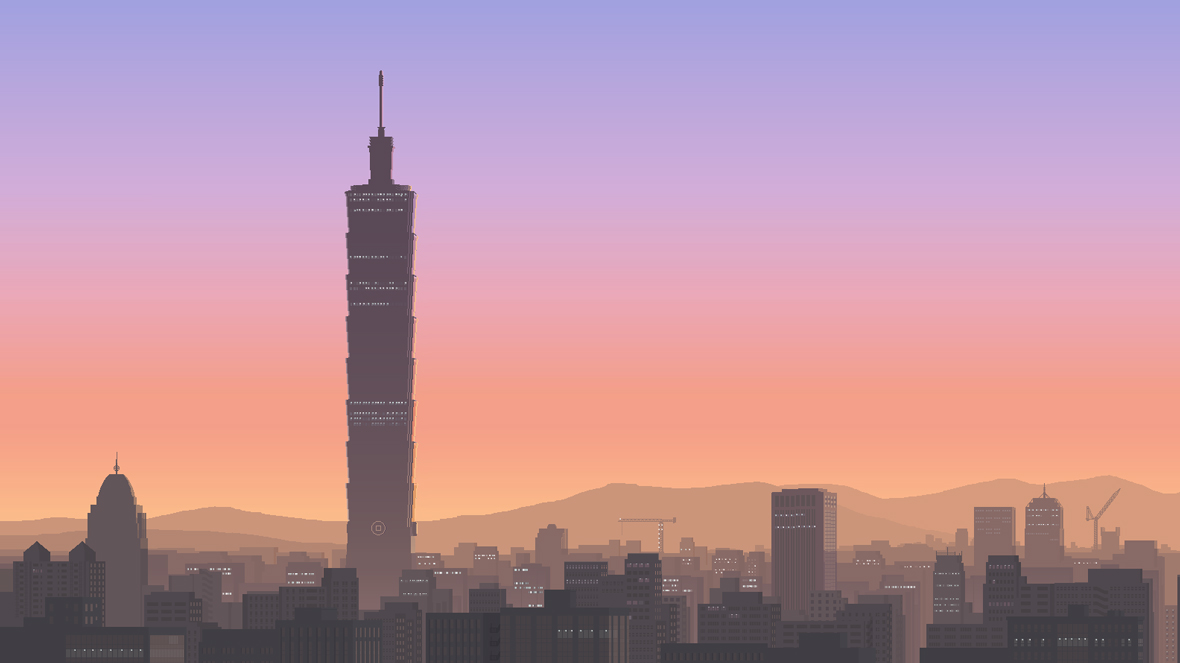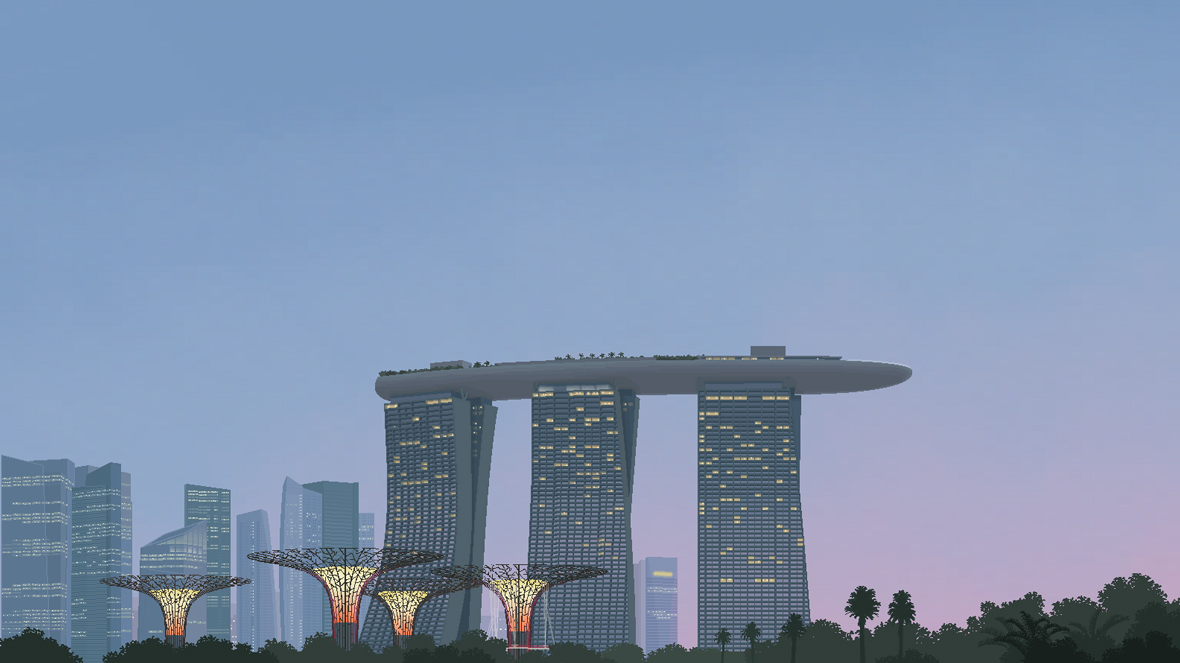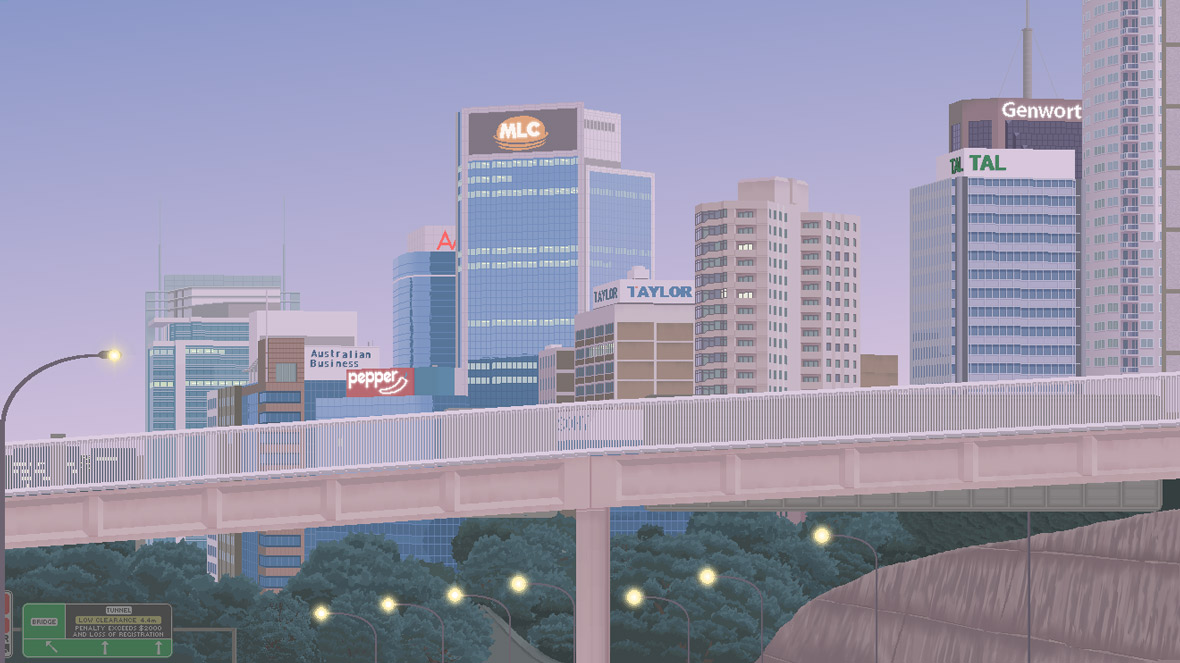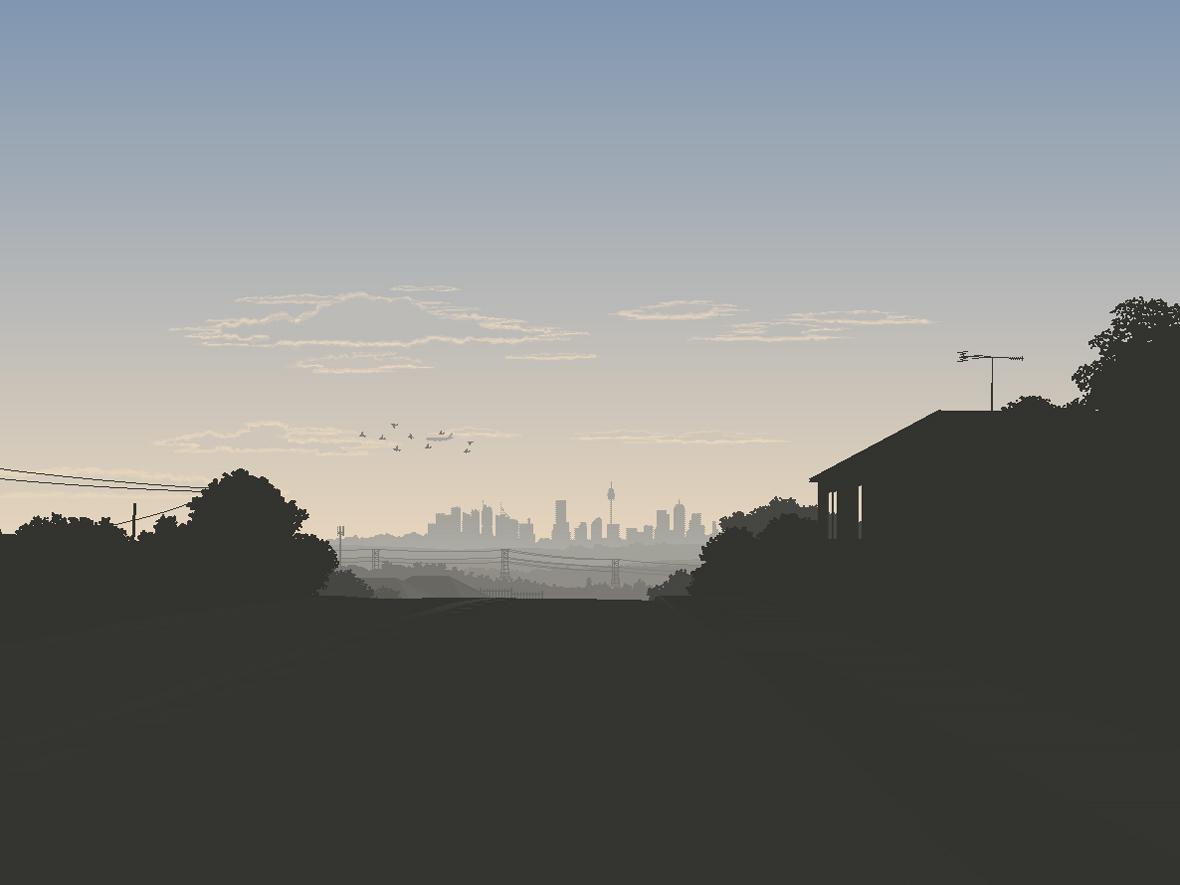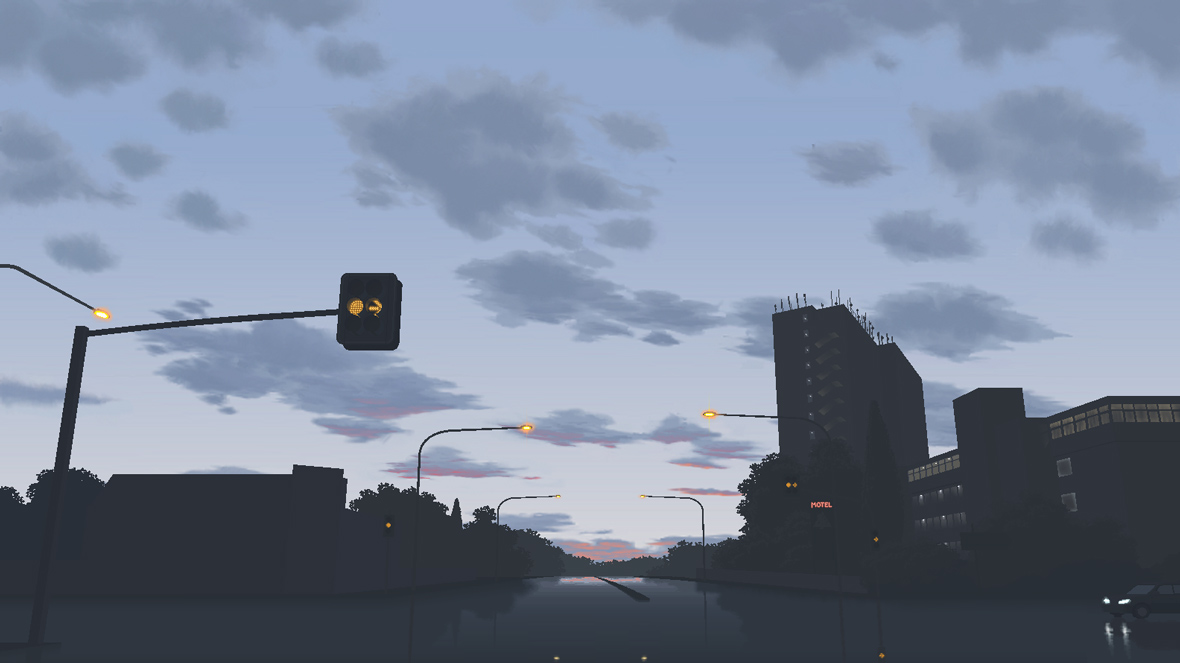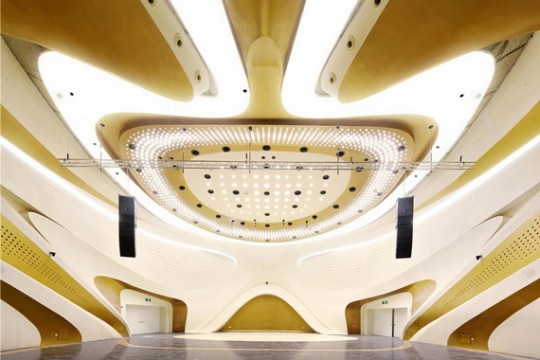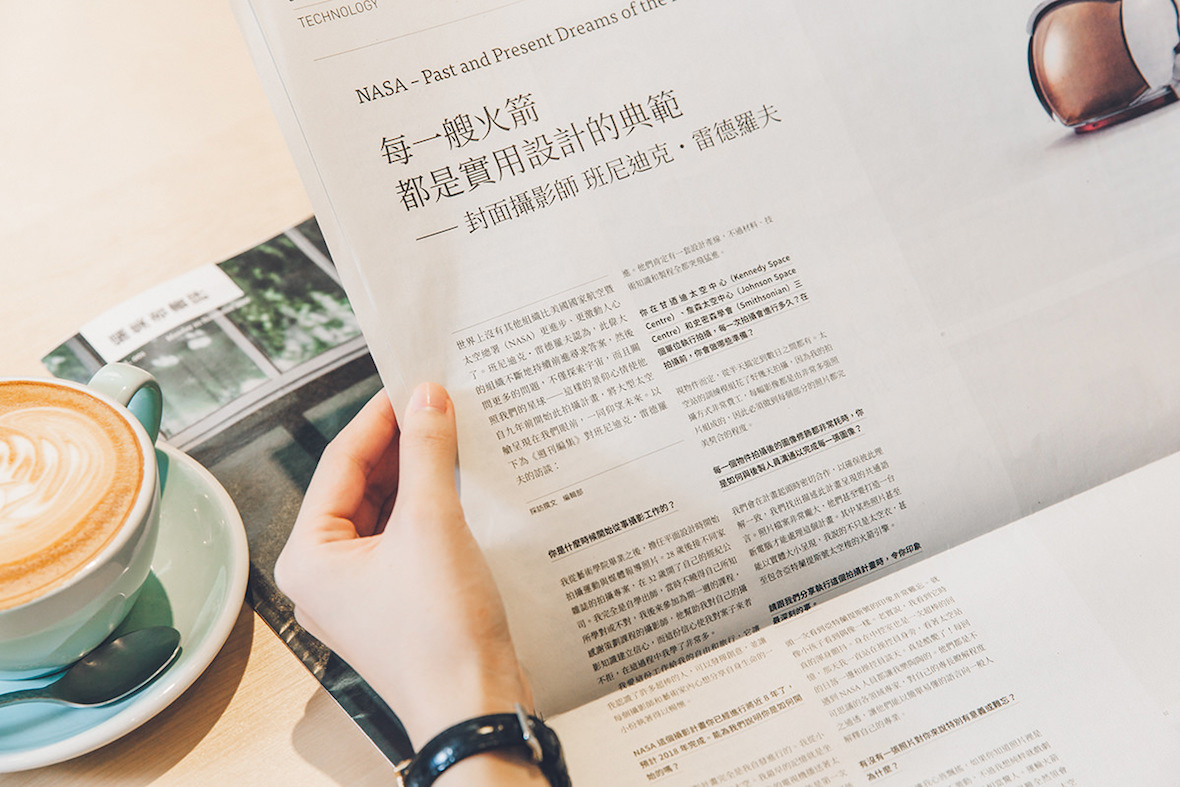
In an age of distracted reading, when articles are regularly left unfinished, who doesn’t feel a bit nostalgic for the pre-digital days, when newspapers printed on actual paper were our main source of information?
Fines Lee misses those days too, and he especially misses “the reading experience you’d only get from the papers.” That’s why, after toying with the idea for five years, the Taiwanese media veteran founded The Affairs, a print-only monthly. Given that his peers around the world are moving away from traditional media toward new platforms, such a decision took courage.
Yet Lee is used to going against the herd. He started his media career two decades ago as an online news editor, then went on to found a blogging platform as well as an online magazine called The Big Issue Taiwan. Now, with The Affairs, he seems to have completed his trajectory from new media to old. As diverse as these experiences are, he says the skills from one arena carry over to the next, and that “traffic flow, page layout, and visuals” are still his bread and butter.
在信息爆炸已成背景的今天,碎片式阅读已成习惯的今天,文章读不完已成常态的今天,谁不怀念从前只从报纸上获取信息的日子呢?
台湾媒体人李取中也怀念那些 “只能通过报纸得到的阅读体验”。斟酌了五年后,他提出自己的答案: 成立每月发行的《The Affairs 周刊编集》报刊。在现今全球同行纷纷转行到数字媒体的时代,成立报刊这个念头需要很大的勇气。
但是,李取中这些年已经习惯了逆风而行。从他 20 年前开启职业生涯的网站新闻编辑,后来成立博客网站、创办台湾版《大志》(The Big Issue Taiwan)杂志、到现在的《The Affairs 周刊编集》报刊,他一路从 “新” 探索到 “旧”。虽然平台不尽相同,但他说早年做网络媒体的经验积累,让他对阅读的 “动线规划、版面设计和视觉” 都有所要求,而这部分的擅长也被他带入了纸媒。
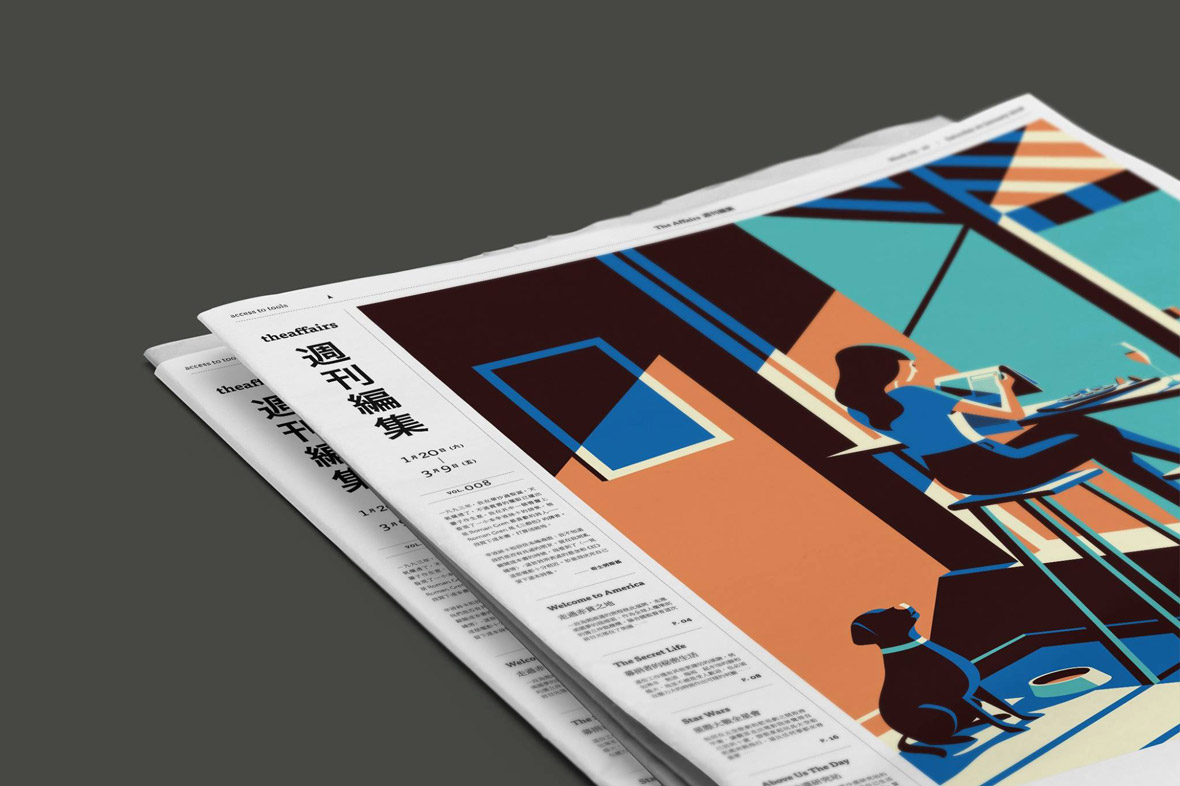
In 2017, when The Affairs published its first issue and tested the waters on the Taiwanese crowdfunding site zeczec.com, it attracted over NT $8.2 million (around US $270,000), far more than the campaign’s original goal. Clearly, Lee wasn’t the only one who longed for an old-fashioned newspaper in the era of new media.
“The advent of new media doesn’t necessarily mean the end of traditional media, but it does mean their role will change,” he says. “Print can’t just convey information—it also has to provide an aesthetic experience, with physicality, weight, and quality.”
This line sums up Lee’s goals for his paper. In addition to current affairs, each beautifully laid-out issue has sections on business, culture, design, exploration, opinion, and more. Alongside the text are commissioned works by well-known artists like Japanese illustrator Noritake and British photographer Benedict Redgrove.
2017 年中旬,《The Affairs 周刊编集》创刊号发布,并在年底于台湾众筹网站啧啧(zeczec)试水,两个月时间内获得多于目标好几倍的八百多万新台币(近 27 万美金),证明了在新媒体时代,渴望纸质报刊的不仅是他和编辑团队而已。
在这位见多识广的媒体人眼里,“新媒介的出现不一定会消灭旧媒介,只是角色需要调整,” 他说,“纸媒不能单纯扮演信息传递的角色,它背后传递的意义还有美感和体验,和物理性、重量和质感。”
这句话也总结了李取中对其报刊的标准。在每一期排版精炼的《The Affairs 周刊编集》上,除了时事,还有商业、文化、探索、评论等主题板块。字里行间也不乏知名艺术家的委约作品,比如日本插画家 Noritake 和英国摄影师 Benedict Redgrove。
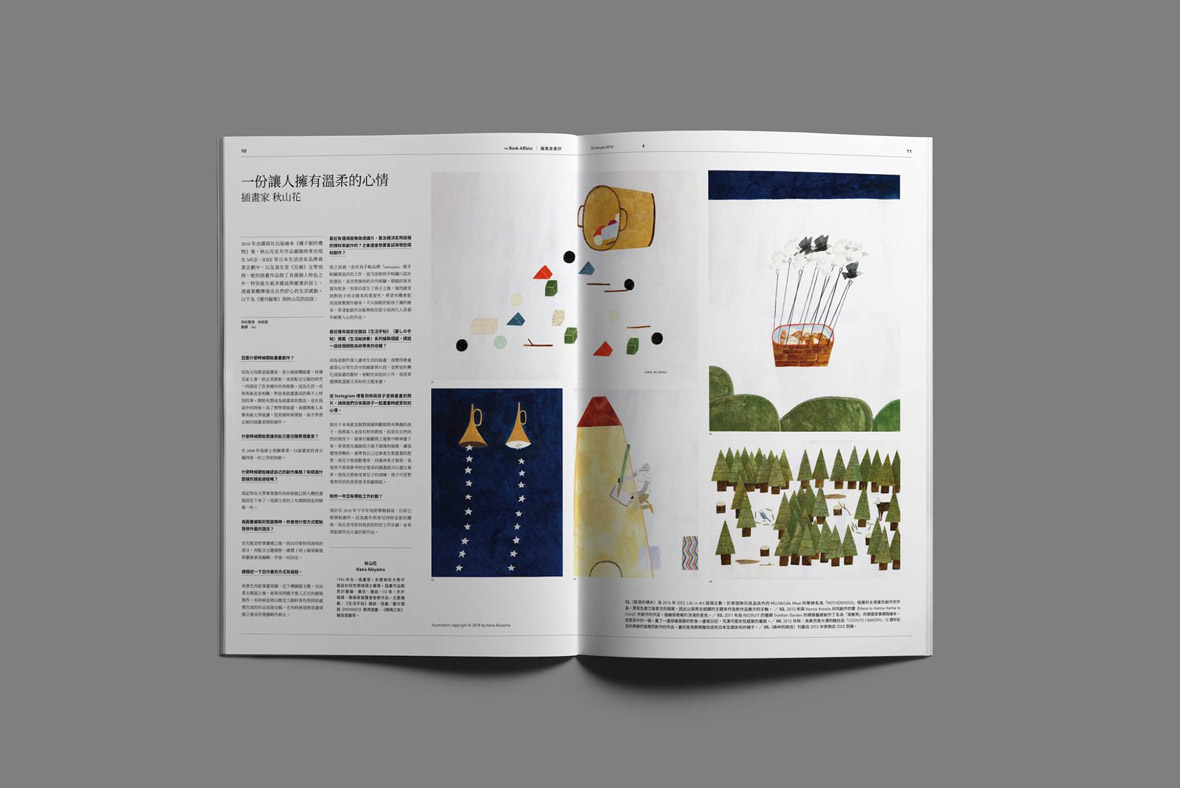
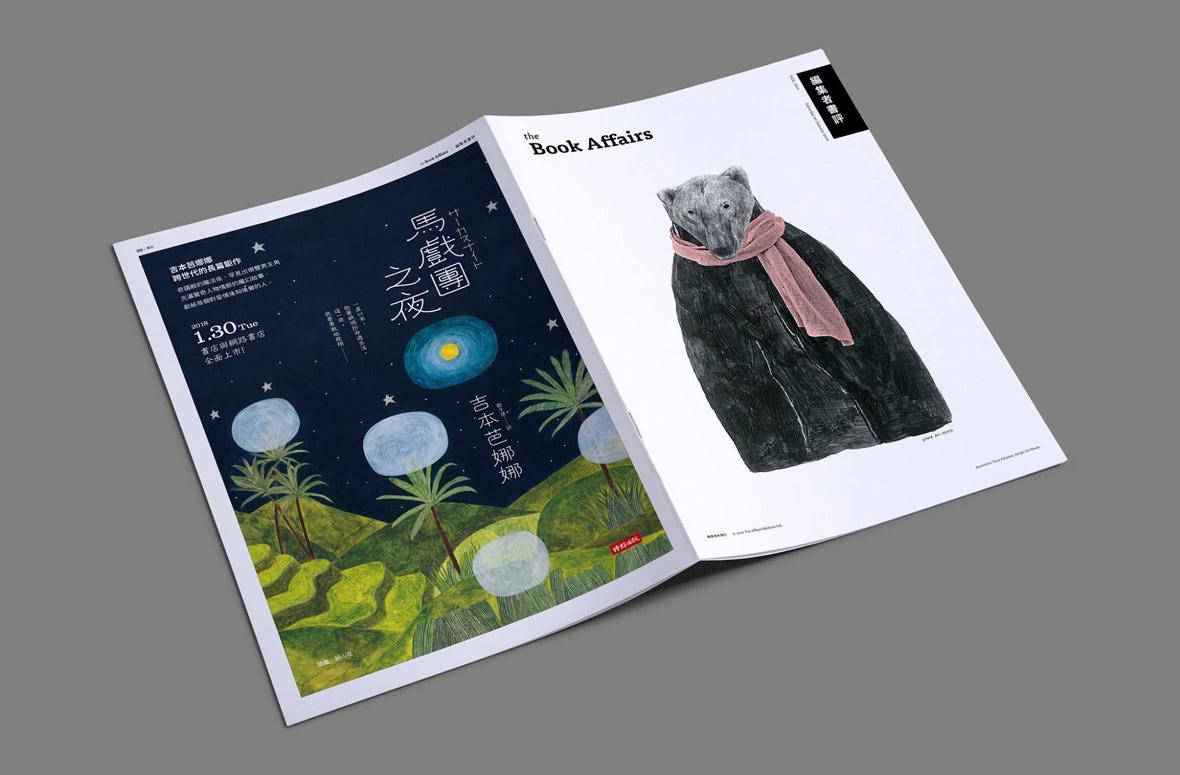
In issue 12, for instance, you can read an editor’s interview with Spanish illustrator Manuel Marsol, a personal essay about an international fling during the 2002 World Cup, and a long read from The Guardian about the recent history of Chinatowns around the world, among many other stories. Content is either written in-house, contributed freelance, or translated from publications abroad. Although the last of these takes up the largest chunk for now, the ideal quota, according to Lee, is one third for each.
Much thought has also given to Lee’s other criteria: physicality, weight, and quality. He and his team looked at a dozen different paper stocks before choosing a sustainable, FSC-certified white newsprint to fit with their social values. They also chose offset printing with an extra “roasting” procedure to increase ink absorption and bring visual depth to the words and images.
以第十二期举例,你可以读到来自编辑部对西班牙插画家 Manuel Marsol 的采访、专栏作家记录的 2002 年世界杯番外篇(关于他的朋友因日韩世界杯陷入跨国情缘的小故事)、还有英国《观察者日报》(The Guardian)授权的全球唐人街的演变报导。内容来源分为三种型态——采编、外稿和编译,虽然目前编译部分偏多,但李取中说理想上它们会各占三分之一。
李取中所强调的 “物理性、重量和质感” 标准也都经过认真考虑。从十多种纸张选择中,他和团队挑选了与自身的社会愿景呼应的 FSC 认证新闻高白纸;同时,他们也选择了商用轮转机,比普通印刷机多了一道烘烤的过程,提高油墨吸附度,以增加图片与文字的视觉深度。
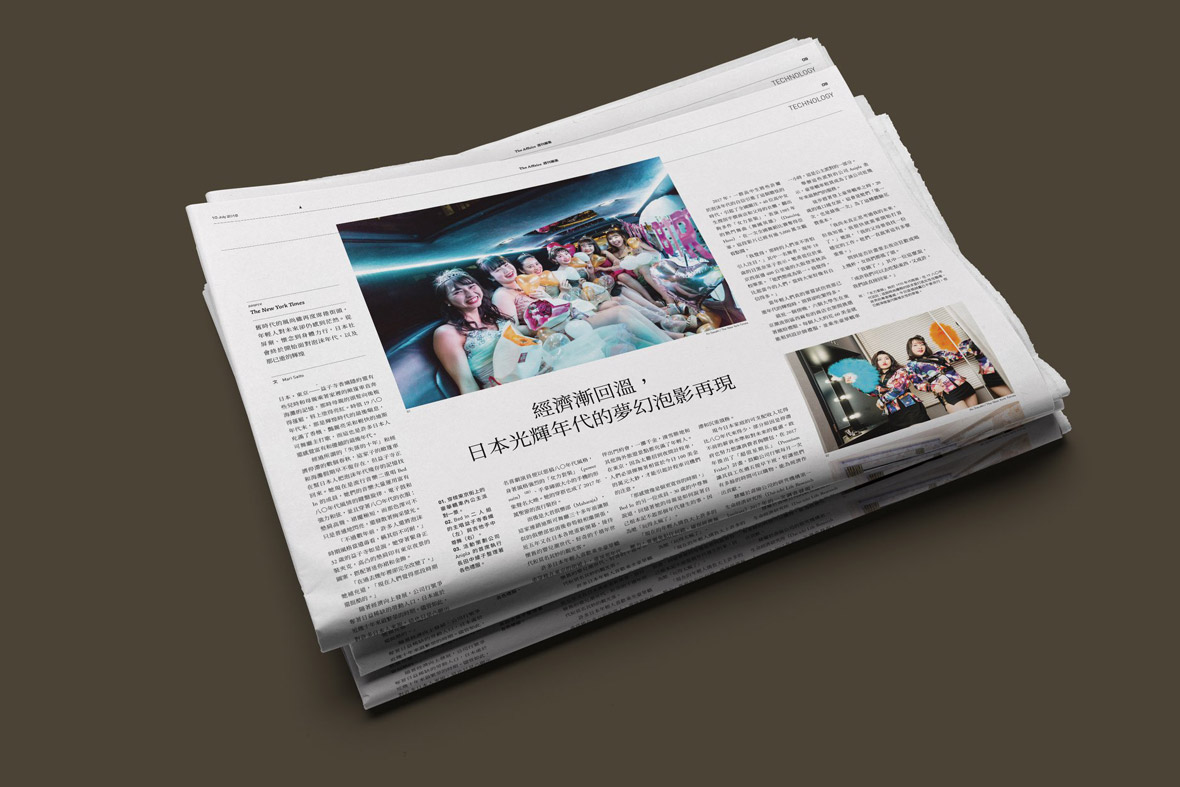
With all this effort, what kind of experience are they looking to bring to readers?
Lee is aware that his paper—which, on full spread, is about four times the size of an A3 and 20 times the size of an iPhone 7—“is not like a magazine that you can bring anywhere. Reading it requires time, space and preparation.” In other words, a reader must devote attention—a modern luxury.
In this, The Affairs might actually have a leg up on digital media. One reader notes that he usually can’t finish an article on his phone, even if it’s just 2,000 to 3,000 words long, but he usually can in Lee’s paper, where articles usually range from 5,000 to 6,000 words. Another reader, who also supported the crowdfunding campaign, says she finds it “very different from any other newspaper [she’d] seen,” and doesn’t mind the large fraction of translated articles, which she considers a strength. “In a time of information overload, people have a greater need for someone to curate the content they get,” she says.
付出这一切努力,他们想为读者带来什么样的体验?
李取中知道,这份打开后几乎是 A3 纸四倍大、iPhone 手机 20 倍大的报纸 “不像杂志一样可以随身带着,而需要充裕的时间、空间和准备。” 换句话说,读者需要投入注意力集中在这个现代的奢侈品。
这一方面,他们也许比数字媒体做得更好,正如一个读者对他说的: 在手机上读文章,两三千字都不一定看得完,但在《The Affairs 周刊编集》上连篇幅有五六千字的长文也看得完。另外一个支持过众筹项目的读者也说: 这和过去认识的报纸很不一样。她并不介意其中非原创的部分,甚至觉得这是它的优点,“在信息爆炸的时代,大家更是需要一个好的平台帮你策划接收的内容”。
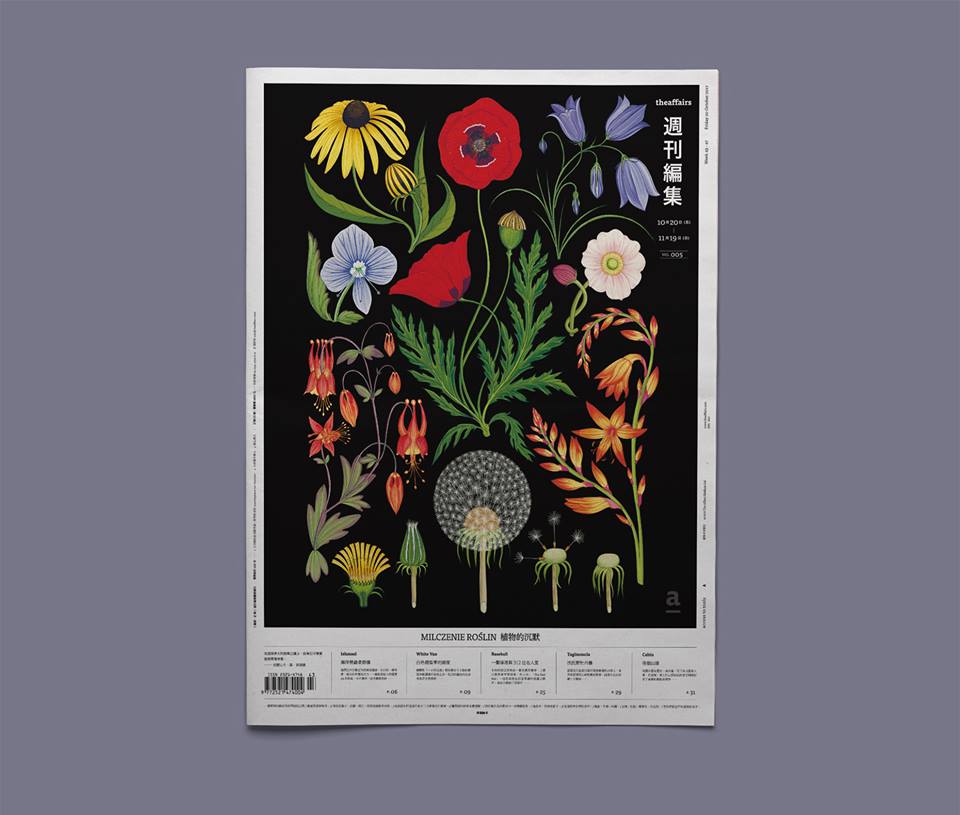
Beyond the quality of the paper stock, Lee also hopes The Affairs can play a social role that’s different from that of other media. “Traditional media emphasize the role of systems in people’s lives—nation, society, ethnicity, etc.,” he says. “I want to take readers out of those systems.” Instead, he hopes that the paper people will turn people’s attention toward “creative works of human culture, whether in film, publishing, art, etc., as well as the relationship between humans and nature, or between humans, plants, and animals.”
当然,除了“有质感的新世代报纸” 这个标签,李取中也希望《The Affairs 周刊编集》能扮演与传统媒体不同的角色。“传统媒体在观察事物的角度时会着重在体制上——国家、社会、民族等等——对人的影响。但我希望把人从体制中抽离。” 他希望读者能通过报纸的视角关注 “人类文化衍生出来的创作物,比如电影、出版、艺术等等,以及人与自然,人和动物、植物的关系。”
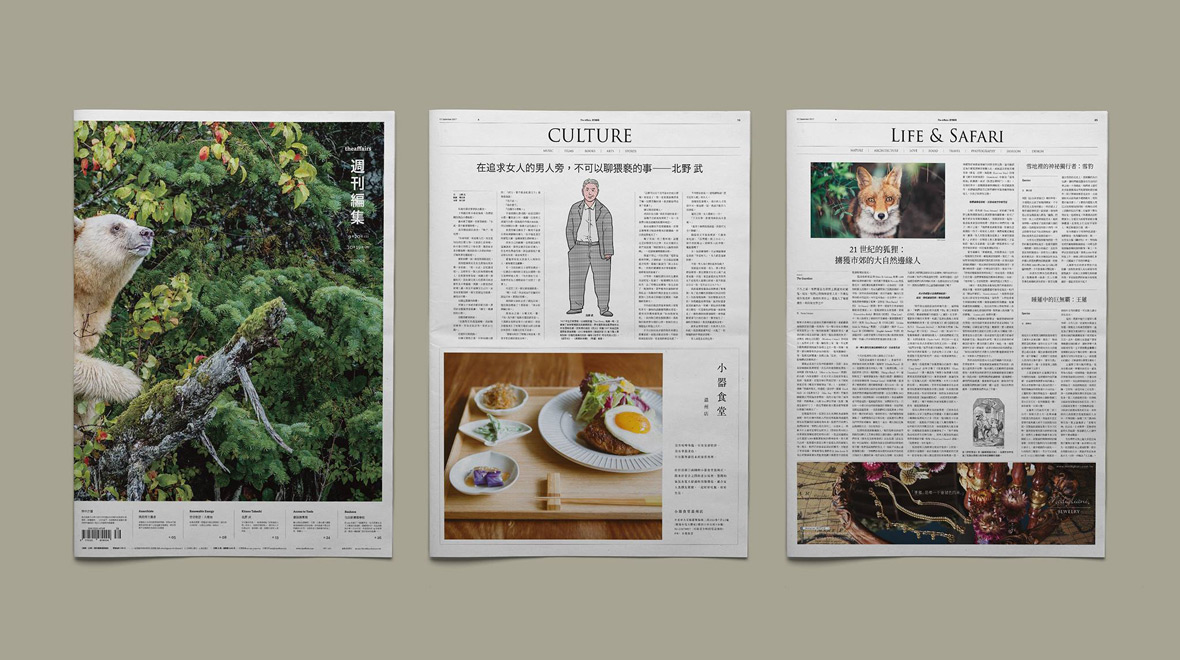
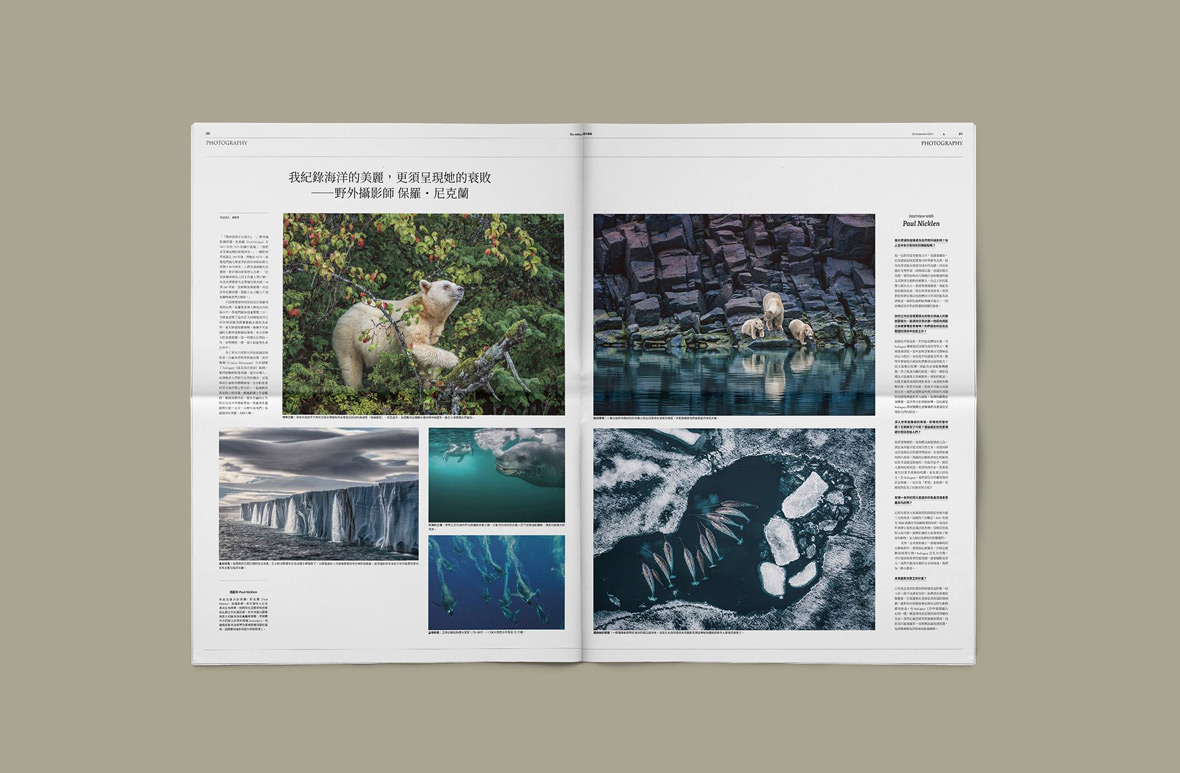
When can readers outside of Taiwan get to see how The Affairs views the world? Lee says that for now the paper’s goal is to increase its publication frequency from monthly to bi-weekly, so that the headlines are more up-to-date with world affairs. First, though, he wants the paper to “gain a strong foothold in Taiwan.”
Ultimately, this old media platform aspires to offer a new point of view. “If readers come away with a slightly different outlook on the world from reading our paper,” he says, “well, that’s exactly what we’re trying to achieve.”
那么其他华文读者什么时候能透过《The Affairs 周刊编集》看世界呢?李取中说,近期希望可以尽量加快速度,发行频率从每月调整到每两周,让头条消息可以更贴近世界的动脉。在那之前,他还是希望 “报纸能在台湾立足。”
这家 “旧” 媒体最终想宣扬的是一种新视角,“如果读者可以透过这份报纸,稍微对世界产生另一种观察,这就是我们希望达成的。”
